Clary sage (Salvia sclarea L. Lamiaceae) is an aromatic plant which is cultivated in Europe and North America (1).
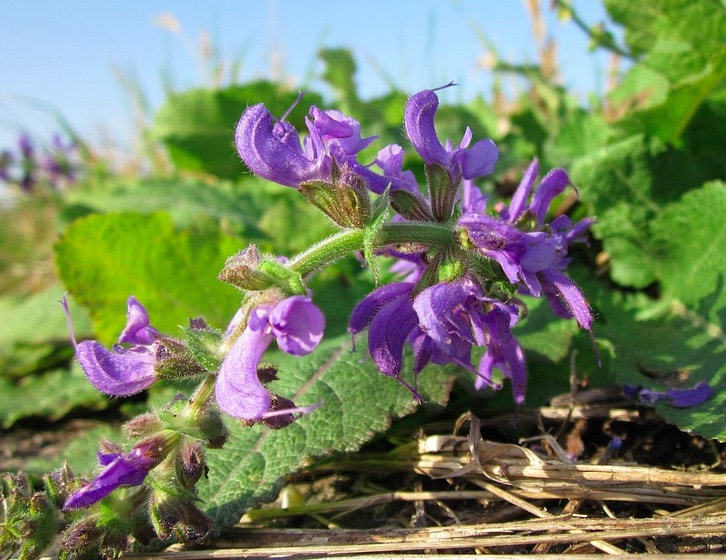
The list of anecdotal benefits of clary sage is extremely long. It is used as an antidepressant, anticonvulsive, antiseptic, antispasmodic, astringent, antibacterial, uterine tonic nervine, and for a sore throat, muscular pain, low estrogen, PMS, menstrual cramps, varicose veins, nervous fatigue, muscle cramps, acne, and dandruff.
It is even listed as one of the top 13 garden plants for witchcraft (2).
So the obvious question is whether we are dealing with a scientifically proven medicinal plant, witchcraft, or just more blogger fiction.
What Is Clary Sage?
Clary sage is a biennial plant (meaning it has a two-year biological cycle) that grows to about four feet and produces purple-blue-colored flowers. As a flowering plant, clary sage produces a wide range of low molecular weight volatile agents that gives it a characteristic scent.
Linalool and linalyl acetate are the key isolates from the flowers of the plant, while sesquiterpenes are found in the leaves (1). In nature, the plant volatile linalool has diverse functions, including attracting pollinators and herbivores (3). Clary sage also contains sclariol, which is structurally related to estrogen.
Clary sage is used as a medicinal herb, aromatherapy oil, and in the cosmeceutical, food, alcohol, and cigarette industries. The largest grower of clary sage worldwide is the US-based tobacco industry, as clary sage-derived sclariol is used to flavor cigarettes.
Is There Any Research?
There are 112 publications relating to clary sage, including 4 human clinical trials. To put this into context, there are over 2,000 studies on lavender oil, which includes over 200 clinical trials.
Clary sage is definitely the poor cousin when it comes to research here.
Does Clary Sage Relieve Menstrual Discomfort?
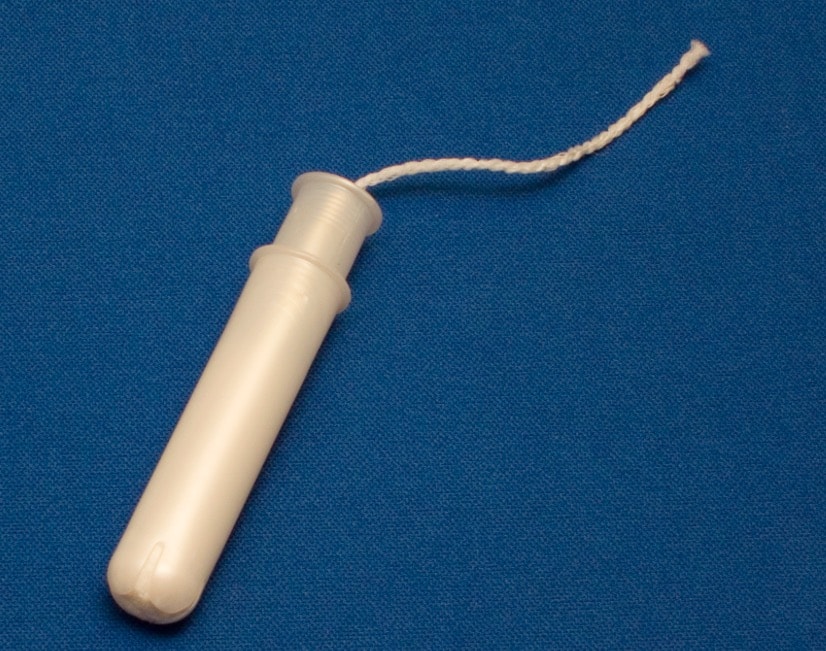
Clary sage is widely recommended as a remedy for menstrual discomfort.
There are no clinical studies looking at clary sage as monotherapy for menstrual discomfort. There are two relevant studies relating to clary sage (as part of a combination oil blend) and menses.
The first study comes from a school of nursing in Korea and looked at the effect of aromatherapy on dysmenorrhea in 67 college students with known dysmenorrhea (4). The students were randomized into one of three groups: a control group, a placebo group, or an aromatherapy treatment arm.
An aromatherapy oil mixture of two drops of lavender (Lavandula officinalis), one drop of clary sage (Salvia sclarea) plus one drop of rose (Rosa centifolia) in 5 cc of almond oil (as the carrier oil) was massaged to the lower abdomen. The placebo group had almond oil without the essential oils applied topically to the lower abdomen. Results of the study showed a significant decrease in menstrual cramps in the aromatherapy treatment arm.
A second randomized, double-blind study was conducted in 48 patients in Taiwan. It compared essential oil to a synthetic fragrance for dysmenorrhea (5). The essential oil used was a blend of lavender (Lavandula officinalis), clary sage (Salvia sclavea) and marjoram (Origanum majorana) in a 2:1:1 ratio in an unscented cream. The cream was applied topically to the lower abdomen. This study also showed a statistically significant decrease in dysmenorrhea in the aromatherapy treatment arm.
Summary
There is no information on the use of clary sage as a single oil to help relieve the symptoms of dysmenorrhea. There are 2 small studies suggesting that essential oil blends, which include clary sage, can help relieve dysmenorrhea. Further research is needed to help clarify this issue.
Does It Support Hormonal Balance?
Clary sage is frequently advertized as a remedy for “balancing hormones.” There are three published studies which look at clary sage for “balancing hormones.”
The first study was a non-randomized study which classified 22 menopausal women as normal or as having a tendency towards depression. Inhalation of clary sage resulted in a statistically significant reduction in cortisol levels and an increase in 5HT levels in the group that had a tendency towards depression (5).
Clary sage contains the rarely found di-terpene sclariol. The chemical structure of sclariol resembles estrogen, leading to speculation that it may bind to the same receptors as estrogen and exert a pro-estrogenic effect (much like the controversy over soy).
The second study evaluated the effect often essential in peri-menopausal women and found no benefit of clary sage on salivary estrogen concentration (6).
A third study showed that clary sage reduced stress induced by a forced swim test in mice and that this antistress effect could be blocked by antidepressant therapy (7).
These studies are interesting but far from conclusive.
Summary
There is no conclusive scientific data to support claims that clary sage helps balance hormones.
Does It Reduce Cholesterol?
![]()
There are no studies looking at the effect of clary sage on dyslipidemia.
There are not even any laboratory-based studies evaluating this as a hypothesis.
Summary
There is absolutely no data to support clary sage as a cholesterol-lowering agent.
Does It Improve Circulation?
A number of bloggers have claimed there is proof that clary sage helps with circulation. I completely disagree. There are no studies or laboratory experiments looking at clary sage for improving circulation. As doctors, we use the term circulation to refer to blood supply. The study that bloggers have used to support the circulation claim is a study from Taiwan looking at 34 women with urinary incontinence who were undergoing urodynamic testing (8).
The women were randomized to inhale either lavender, clary sage, or almond oil (control). The study found that systolic and diastolic blood pressure decreased in the clary sage arm of the study. The study team interpret this information (along with reductions in respiratory rate and cortisol levels) to conclude that clary sage may help relax people who are undergoing urodynamic testing. I agree with the researchers’ conclusions.
However, somehow the blogosphere has interpreted this as evidence to support the fact that clary sage helps circulation. Seriously? They must be joking!
- The study showed a decrease in blood pressure.
- The decrease was non-statistically significant.
- The research team in Taiwan did not draw this conclusion.
I am beginning to think there should be an environmental-style tax applied to bloggers who pollute the web with trash. Maybe a double tax for bloggers who make stuff up and then use their own fiction as a hyperlink in their other blog posts (knowing full well that most people read the blogs on their phone on-the-go and tend to assume that hyperlinks go to a reputable reference).
Summary
Claims that clary sage helps circulation are false and misleading.
Does It Help Insomnia?
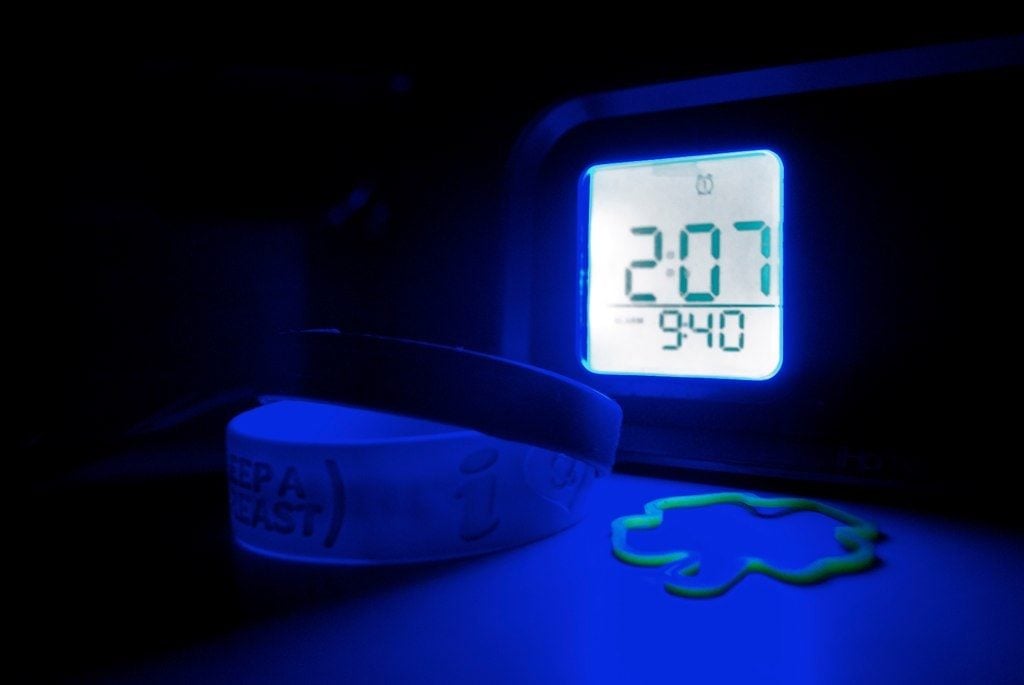
A study in Taiwan looked at a range of interventions to improve quality of life in career women (9). A total of 132 career women were randomly allocated to one of four interventions: (1) placebo (distilled water), (2) lavender essential oil (Lavandula angustifolia), (3) blended essential oil (1:1:1 ratio of L. angustifolia, Salvia sclarea, and Origanum majorana), and (4) acupressure massage groups for a four-week treatment.
A non-statistically significant improvement in quality of life and sleep was noted in the group of women in the blended oil intervention group.
Summary
There are no studies supporting the claim that clary sage can help with insomnia.
Does It Relieve Stress?
Aromatherapy of essential oils is generally believed to help reduce stress (10). There are no studies looking at the specific effects of clary sage as a stress-reducing agent apart from the study mentioned above, which looked at women undergoing urodynamic studies and showed that clary sage may have reduced the stress of the procedure (8).
There is a single study which found that clary sage had benefits in reducing stress which was induced by immobilization in rats (11).
A study in dominant and submissive mice showed that mice who received clary sage-enriched feed showed a significant reduction of dominant and anxiety-like behavior compared to mice who received sunflower oil-treated feed (12). Fifty shades of clary sage!
Summary
There are no convincing studies to support an antistress role for clary sage.
Does It Fight Leukemia?
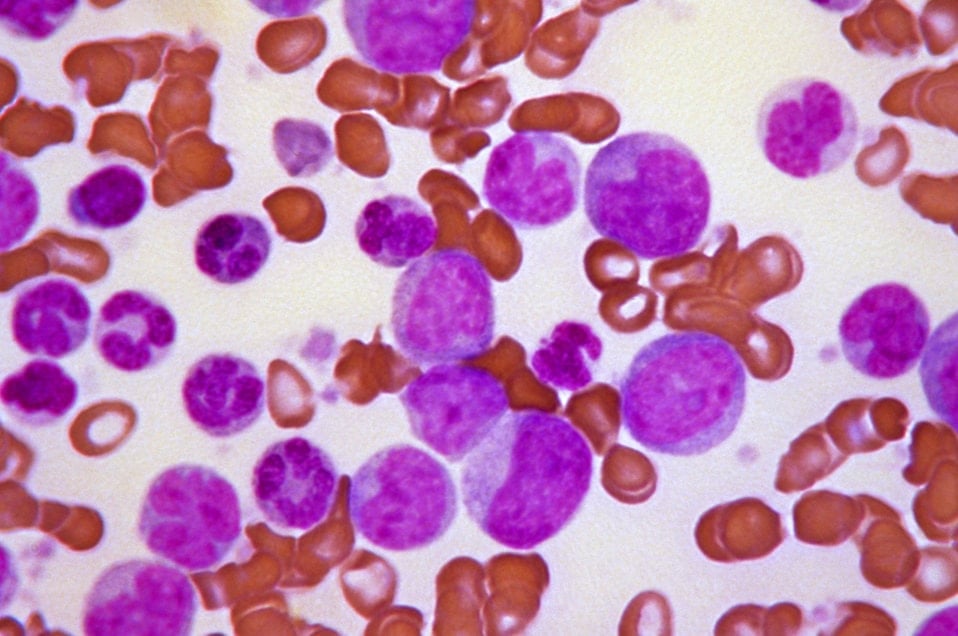
There are no clinical trials looking at clary sage for leukemia. There is a single laboratory-based study which evaluated the effect of clary sage root extract in leukemia cell lines in vitro (13). The study showed that some extracts from the clary sage root were able to kill leukemia cell lines.
However, this is a laboratory test-tube-based study and is very far removed from real-life clinical practice.
Summary
There is no clinical evidence to support the use of clary sage for leukemia.
Does It Kill Bacteria & Infections?
There is a growing interest in the potential of essential oils to treat antibiotic-resistant bacteria (14). There are many studies which have shown that essential oils have real potential as anti-infective agents. As an example, one study looked at the antibacterial properties of clary sage in vitro (15).
The researchers used a colony-counting method which counts the number of colonies of bacteria that can grow in the presence of an antibiotic or essential oil.
The fewer colonies, the more effective the agent. The study looked at a range of bacteria including E coli, Pseudomonas, Klebsiella, Staph aureus. Clary sage was effective at reducing the colony count of all bacterial species. The mode of action of clary sage was damage to the cell wall. The authors concluded that the study was an “experimental basis” for the practical application of using clary sage as a natural antibiotic.
Korean investigators found that clary sage has antiviral effects against influenza in a test tube laboratory model (19). However promising this may seem, it is a long way from test tubes to humans.
A 2019 study from India showed activity of clary sage against molds and fungi (20). Again, this was just a test tube laboratory study which cannot be extrapolated to human clinical practice yet.
Summary
There are numerous studies in vitro which suggest that clary sage may be a potential candidate as an antibacterial agent. However, rigorous clinical trials are now needed to evaluate the safety and efficacy of using clary sage in humans. We are very far from being able to use clary sage as an antibiotic in clinical practice.
Does It Promote Skin Health?
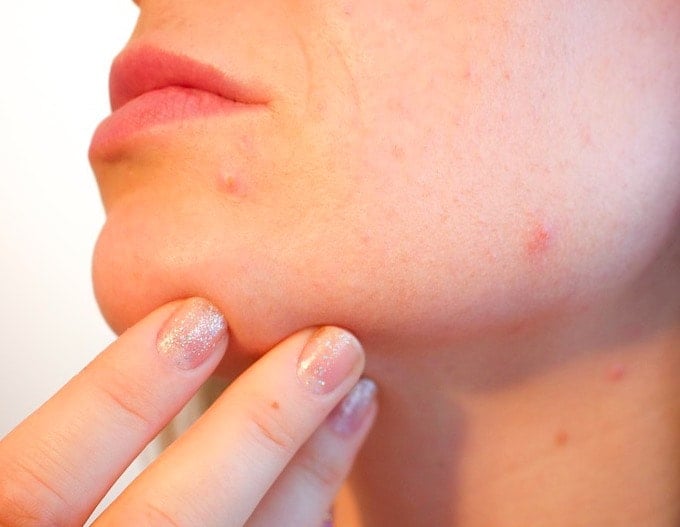
There are no published studies, case reports, or review articles linking clary sage to skin health. The study that is used in other blogs to support the role of clary sage in skin health was actually a study looking at the antibacterial effects of clary sage against different types of staphylococcal infections (16).
The study showed that clary sage inhibited the growth of staphylococcus. Staphylococcus can cause skin and soft tissue infections. However, (technically) treating a skin infection is different to promoting skin health.
Summary
There is no clinical basis to support claims that clary sage helps promote skin health.
Does It Aid Digestion?
There is nothing in the medical or scientific literature to support the use of clary sage as a digestion aid.
Summary
There is nothing to support claims that clary sage helps aid digestion.
Does It Help Obesity?
A 2019 study from researchers in Brazil and the US studied the effects of sclareol from clary sage on the metabolic profile of Swiss male mice (21). Half of the mice were fed a high fat diet to induce obesity. After obesity induction (that is exactly what the researchers called it), the effects of clary sage were tested on a range of metabolic factors over a period of 30 days. Clary sage was shown to significantly decrease adiposity while simultaneously improving insulin sensitivity and glucose tolerance.
The authors concluded that clary sage may have a role in the regulation of adipose tissue and metabolic parameters in the setting of obesity. This study is literally hot off the press and it is too soon to say whether these results have any meaningful benefits in the human species.
Summary: It is too soon to say if clary sage can help obesity.
Is Clary Sage Safe?
There are no case reports of side effects or toxicity of clary sage.
Sclareol contained in clary sage has been shown to enhance the anticancer effect of some chemotherapy agents (18). Therefore, clary sage should be avoided in people who are on chemotherapy to prevent excessive chemotherapy-related toxicity.
Clinicians who use clary sage report that it is noted for inducing euphoria and that excessive use can be stupefying. It is generally recommended that it should not be combined with alcohol and may potentiate hypnotic drugs, especially chloral hydrate and hexobarbitone.
Conclusion
It might be easier to prove that clary sage is beneficial in witchcraft than to use the current scientific evidence to prove that it has benefits as a medicinal plant.

Leave a Reply